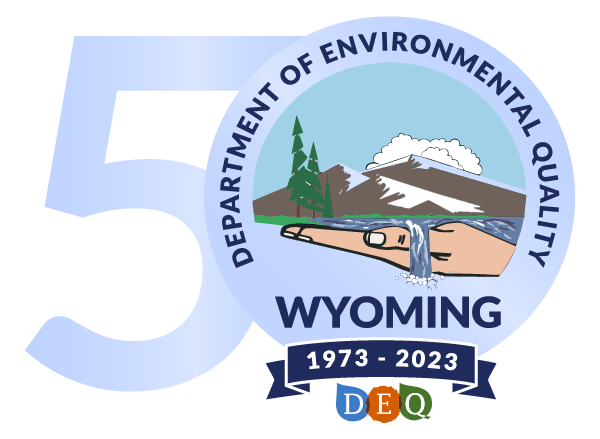
By Kristine Galloway
In 2019, the sagebrush ecosystem is about half the size it used to be.
This is concerning because so many animals, plants and insects make their homes in the sagebrush steppe habitat.
To assist with the work to restore that ecosystem, the Wyoming Department of Environmental Quality (DEQ), the Bureau of Land Management (BLM) and the Office of Surface Mining Reclamation and Enforcement (OSMRE) created the Abandoned Mine Lands (AML) Native Plants Project, also partnering with the Wyoming Department of Corrections, Lander Middle School, The Nature Conservancy and the Institute of Applied Ecology.
Gina Clingerman is the archeologist and project manager for the BLM’s Abandoned Mine Lands program in Wyoming.
She said, “Historically, we’ve always thought about imperiled ecosystems as (ecosystems like) the Amazon rainforest. We didn’t give much thought to the grasslands of the West or the sagebrush steppe ecosystem.”
But scientists began looking at the sagebrush steppe when the sage grouse – a large bird that is native only to the sagebrush steppe – nearly was listed as a threatened or endangered species.
Clingerman said the sagebrush steppe used to span from the Dakotas all the way to the west coast, but various development, fires and the spread of invasive species fractured the ecosystem.
She explained that more than 400 species of mammals, including the mule deer and antelope, depend upon the sagebrush steppe for survival.
“That doesn’t even count insects or other plants that survive under the canopy of sagebrush,” Clingerman added.
Don Newton, an Abandoned Mine Lands project manager for DEQ, said the challenge faced in restoring this ecosystem is that sagebrush is hard to grow. He explained that the seeds are so tiny, they don’t often grow well when they’re thrown across reclaimed mine lands, despite there being 1.5 to 2 million seeds per pound.
This challenge resulted in the three arms of the AML Native Plants Project: educational outreach at Lander Middle School, the Sagebrush in Prisons Project at the Wyoming Honor Farm in Riverton and a seed technology lab operated by The Nature Conservancy.
This is the first in a series of four releases about the AML Native Plants Project. The following three, released throughout the week, will focus on the work with Lander Middle School, the Wyoming Honor Farm and The Nature Conservancy seed lab.
